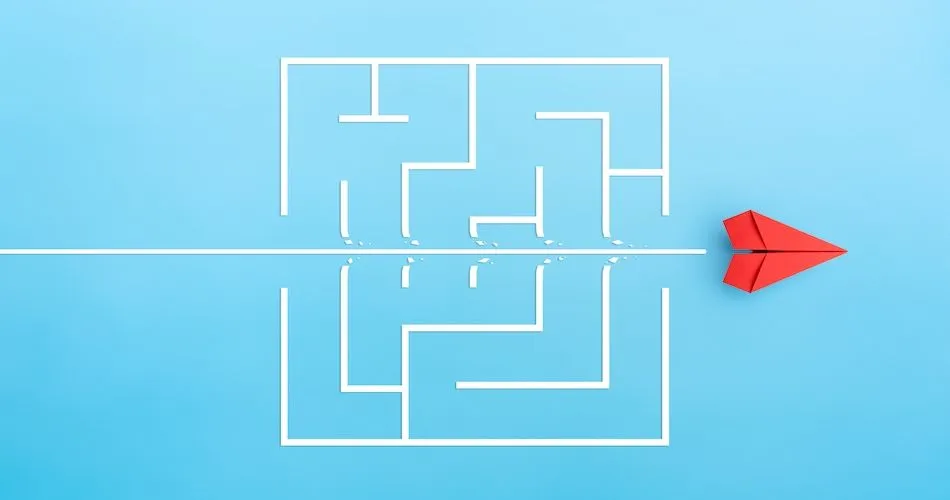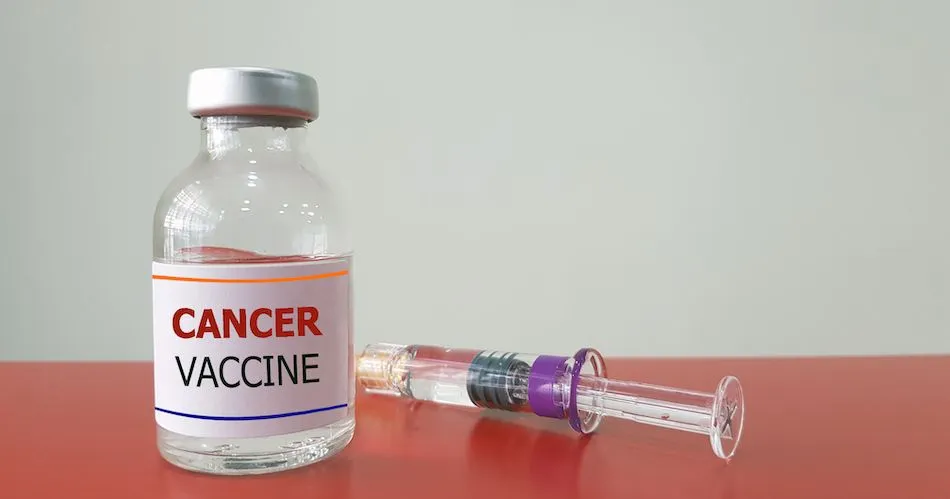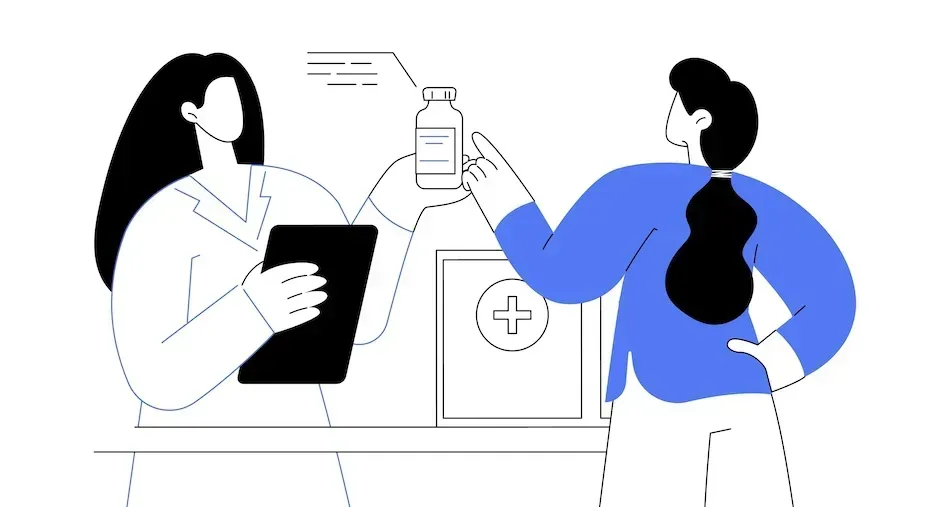ASH 2023: CLL Experts Give Tips About Treatments

As a CLL patient, staying informed about the latest treatments and expert recommendations is important. This article delves into expert tips about CLL treatments that were shared during several ASH 2023 CLL satellite symposia sessions.
BTK and BCL-2 Inhibitors
CLL experts stated that patients can receive a BTK inhibitor or a BCL-2 inhibitor (venetoclax [Venclexta]) in either sequence. The newer BTK inhibitors, zanubrutinib (Brukinsa), and acalabrutinib (Calquence) are notable for their reduced side effects compared to ibrutinib (Imbruvica). Personal medical history, such as a history of migraine headaches or high blood pressure, plays an imporant role in selecting between these options, with zanubrutinib preferred for migraines and acalabrutinib preferred for patients with high blood pressure.
The Role of Obinutuzumab
Obinutuzumab (Gazyva) has emerged as a preferred option over rituximab (Rituxan), showing superior effectiveness in reducing the number of CLL cells. As well, combining obinutuzumab with the BTK inhibitor acalabrutinib has shown promising results. This combination increases the average percentage of patients that remain in progression-free-survival (the amount of time that the medicine limits the progression of the disease) to 84% compared to 72% with acalabrutinib alone at the check-in point of 5 years. The administration of obinutuzumab requires doctors to monitor closely for tumor lysis syndrome (TLS), a rare and potentially life-threatening condition that occurs when cancer cells release their contents into the blood at high rates.
The Importance of Undetectable Minimal Residual Disease in Treatment
Achieving undetectable minimal residual disease (uMRD) is a key goal for many CLL patients, indicating fewer CLL cells in the blood and longer remission periods. 76% of CLL patients treated with venetoclax and obinutuzumab achieve uMRD. This is significant because BTK inhibitors, while effective in limiting cancer cell progression, do not achieve uMRD.
Understanding Venetoclax Remission Durations and Retreatment
CLL patients undergoing treatment for the first time can expect the following durations of remission after completing one year of therapy with venetoclax + obinutuzumab, depending on the specific mutation/deletion characteristics of their CLL cells:
- Results from the CLL14 study showed the following about how long on average CLL patients remain in remission after being treated with venetoclax + obinutuzumab for the first time:
- No del(17p)/TP53 mutation: 6.4 years
- With del(17p)/TP53 mutation: 4.3 years
- IGHV mutation: 7 years
- Unmutated IGHV: 5.4 years
If I received venetoclax + obinutuzumab for my first treatment, how effective is receiving that treatment combination again?
- Data from the Ven2 study showed that patients retreated with venetoclax + obinutuzumab achieved an average remission duration of 2.1 years following retreatment
- If you relapse less than a year after completing venetoclax treatment, it is recommended to start a different treatment, such as a BTK inhibitor, rather than being treated again with venetoclax
Personalizing Your CLL Treatment Plan
Determining the right treatment involves considering several factors, including distance to the treatment center, financial coverage, disease location, and overall health. Treatments involving obinutuzumab require administration at a treatment center, while patient preferences, such as fixed-duration treatments or continuous medication, also play a role. It's crucial to discuss these aspects with your doctor to find the most suitable treatment for your CLL.
The Importance of Supportive Care
CLL patients need to stay vigilant with supportive care due to their increased risk of infections from weakened immune systems caused by the disease. Supportive measures include discussing with your doctor the possibility of receiving treatments such as antivirals, antifungals, antibiotics, infusions of donor antibodies (IGHV), non-live vaccines before and after treatment, and routine screening for secondary cancers.
New CLL Therapies in Clinical Trials
Clinical trials are currently exploring a range of promising new therapies for CLL. New CLL medicines being investigated include:
- Sonrotoclax, a new BCL-2 inhibitor
- Bispecific antibodies such as mosunetuzumab and epcoritamab
- CAR T-cell therapy
- The combination of a BTK inhibitor and a BCL-2 inhibitor (like venetoclax), with or without obinutuzumab
- Non-covalent BTK inhibitor nemtabrutinib
- BTK degraders like NX-2127 and BGB-16673
Conclusion
CLL specialists shared important tips about CLL treatments at the recent ASH 2023 satellite symposia events. Topics included preferences for treatment combinations, new medicines in clinical trials, the importance of considering patient preferences in decision-making, and the necessity of incorporating supportive measures throughout a CLL patient's journey.
Interested in Accelerating Research? Join HealthTree Cure Hub!
Are you interested in accelerating research towards a cure for CLL? We have created a powerful patient data portal named HealthTree Cure Hub for this very purpose. We invite you to join the 12,000-and-counting blood cancer patients who are collaborating with specialists through research surveys and studies in HealthTree Cure Hub. YOU are the key to improving CLL care. We are grateful for your time and support in helping us progress toward a CLL cure. Create your free HealthTree Cure Hub account by visiting the link below!
As a CLL patient, staying informed about the latest treatments and expert recommendations is important. This article delves into expert tips about CLL treatments that were shared during several ASH 2023 CLL satellite symposia sessions.
BTK and BCL-2 Inhibitors
CLL experts stated that patients can receive a BTK inhibitor or a BCL-2 inhibitor (venetoclax [Venclexta]) in either sequence. The newer BTK inhibitors, zanubrutinib (Brukinsa), and acalabrutinib (Calquence) are notable for their reduced side effects compared to ibrutinib (Imbruvica). Personal medical history, such as a history of migraine headaches or high blood pressure, plays an imporant role in selecting between these options, with zanubrutinib preferred for migraines and acalabrutinib preferred for patients with high blood pressure.
The Role of Obinutuzumab
Obinutuzumab (Gazyva) has emerged as a preferred option over rituximab (Rituxan), showing superior effectiveness in reducing the number of CLL cells. As well, combining obinutuzumab with the BTK inhibitor acalabrutinib has shown promising results. This combination increases the average percentage of patients that remain in progression-free-survival (the amount of time that the medicine limits the progression of the disease) to 84% compared to 72% with acalabrutinib alone at the check-in point of 5 years. The administration of obinutuzumab requires doctors to monitor closely for tumor lysis syndrome (TLS), a rare and potentially life-threatening condition that occurs when cancer cells release their contents into the blood at high rates.
The Importance of Undetectable Minimal Residual Disease in Treatment
Achieving undetectable minimal residual disease (uMRD) is a key goal for many CLL patients, indicating fewer CLL cells in the blood and longer remission periods. 76% of CLL patients treated with venetoclax and obinutuzumab achieve uMRD. This is significant because BTK inhibitors, while effective in limiting cancer cell progression, do not achieve uMRD.
Understanding Venetoclax Remission Durations and Retreatment
CLL patients undergoing treatment for the first time can expect the following durations of remission after completing one year of therapy with venetoclax + obinutuzumab, depending on the specific mutation/deletion characteristics of their CLL cells:
- Results from the CLL14 study showed the following about how long on average CLL patients remain in remission after being treated with venetoclax + obinutuzumab for the first time:
- No del(17p)/TP53 mutation: 6.4 years
- With del(17p)/TP53 mutation: 4.3 years
- IGHV mutation: 7 years
- Unmutated IGHV: 5.4 years
If I received venetoclax + obinutuzumab for my first treatment, how effective is receiving that treatment combination again?
- Data from the Ven2 study showed that patients retreated with venetoclax + obinutuzumab achieved an average remission duration of 2.1 years following retreatment
- If you relapse less than a year after completing venetoclax treatment, it is recommended to start a different treatment, such as a BTK inhibitor, rather than being treated again with venetoclax
Personalizing Your CLL Treatment Plan
Determining the right treatment involves considering several factors, including distance to the treatment center, financial coverage, disease location, and overall health. Treatments involving obinutuzumab require administration at a treatment center, while patient preferences, such as fixed-duration treatments or continuous medication, also play a role. It's crucial to discuss these aspects with your doctor to find the most suitable treatment for your CLL.
The Importance of Supportive Care
CLL patients need to stay vigilant with supportive care due to their increased risk of infections from weakened immune systems caused by the disease. Supportive measures include discussing with your doctor the possibility of receiving treatments such as antivirals, antifungals, antibiotics, infusions of donor antibodies (IGHV), non-live vaccines before and after treatment, and routine screening for secondary cancers.
New CLL Therapies in Clinical Trials
Clinical trials are currently exploring a range of promising new therapies for CLL. New CLL medicines being investigated include:
- Sonrotoclax, a new BCL-2 inhibitor
- Bispecific antibodies such as mosunetuzumab and epcoritamab
- CAR T-cell therapy
- The combination of a BTK inhibitor and a BCL-2 inhibitor (like venetoclax), with or without obinutuzumab
- Non-covalent BTK inhibitor nemtabrutinib
- BTK degraders like NX-2127 and BGB-16673
Conclusion
CLL specialists shared important tips about CLL treatments at the recent ASH 2023 satellite symposia events. Topics included preferences for treatment combinations, new medicines in clinical trials, the importance of considering patient preferences in decision-making, and the necessity of incorporating supportive measures throughout a CLL patient's journey.
Interested in Accelerating Research? Join HealthTree Cure Hub!
Are you interested in accelerating research towards a cure for CLL? We have created a powerful patient data portal named HealthTree Cure Hub for this very purpose. We invite you to join the 12,000-and-counting blood cancer patients who are collaborating with specialists through research surveys and studies in HealthTree Cure Hub. YOU are the key to improving CLL care. We are grateful for your time and support in helping us progress toward a CLL cure. Create your free HealthTree Cure Hub account by visiting the link below!

about the author
Dalton Bean
Dalton joined HealthTree in 2024 as the CLL Education Manager. He joined HealthTree after completing his MS in Oncological Sciences and loves having the opportunity to work closely with patients and providers alike. In his free time he enjoys snowboarding and hiking.
More on Conferences
Trending Articles

Get the Latest Chronic Lymphocytic Leukemia Updates, Delivered to You.
By subscribing to the HealthTree newsletter, you'll receive the latest research, treatment updates, and expert insights to help you navigate your health.
Together we care.
Together we cure.
3x Faster.









